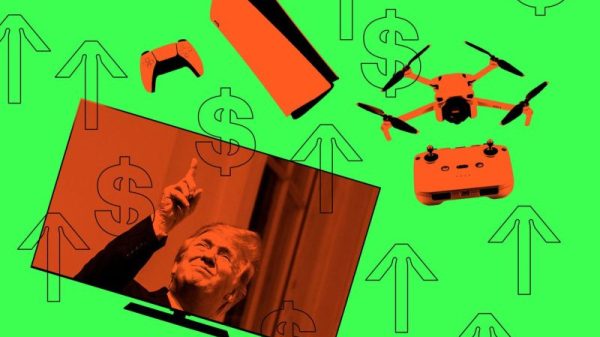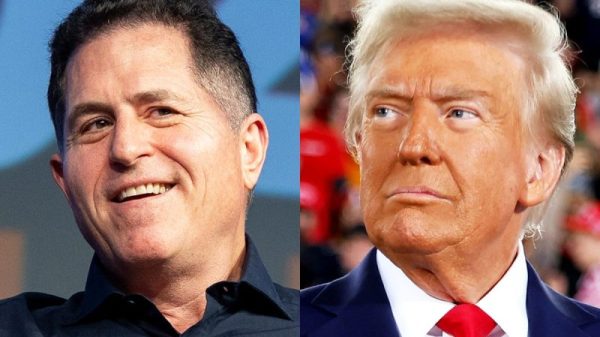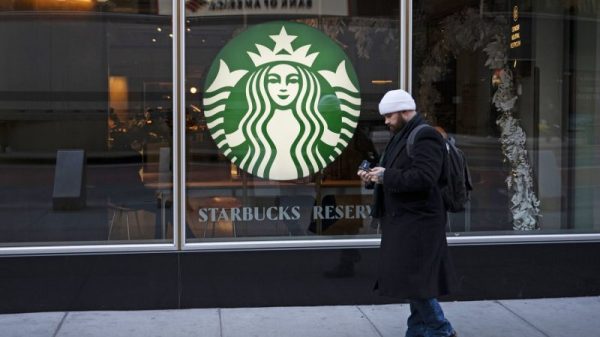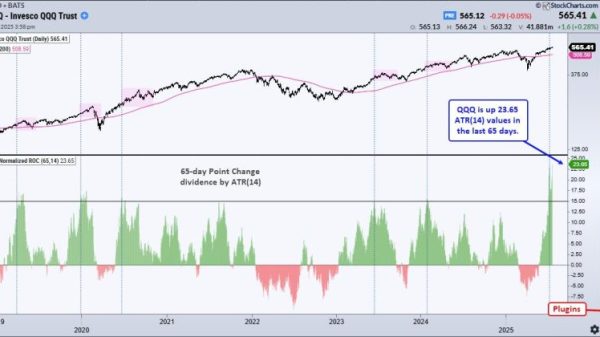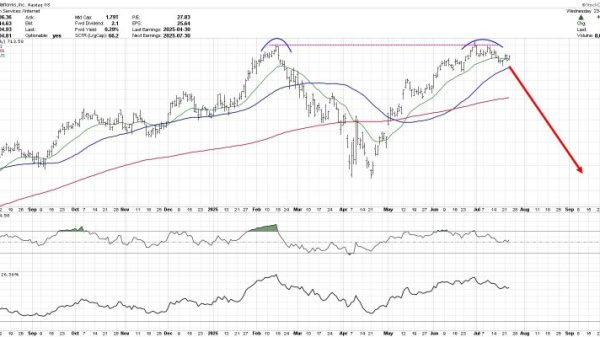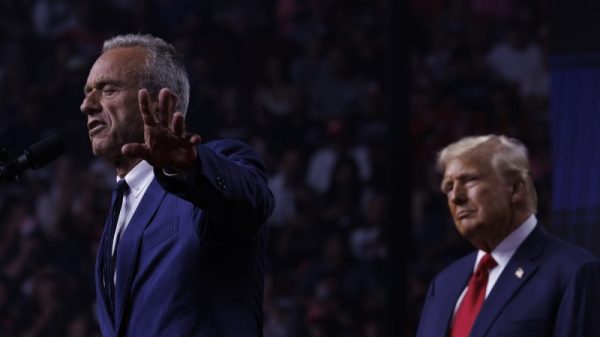Boeing has already braced investors for a rough quarterly report. Now, new CEO Kelly Ortberg has the chance to share his vision for the troubled manufacturer, from a potential strike-ending labor agreement to a slimmed-down future.
When he takes the mic for his first earnings call as Boeing’s CEO on Wednesday, more than 32,000 striking machinists will start voting on a new, sweetened contract proposal. Results of the labor vote are expected Wednesday night.
Analysts are cautiously optimistic that the new proposal, which requires a simple majority of the vote, could pass, putting an end to the more than five-week work stoppage that has halted most of the company’s production of airplanes and added to its cash burn of about $8 billion in the first half of the year. Boeing last posted an annual profit in 2018.
“I think it’s going to be a tight vote,” Jon Holden, president of the International Association of Machinists and Aerospace Workers District 751, told CNBC on Tuesday.
During Boeing’s earnings call, investors, analysts and the public could get clues from Ortberg about what Boeing will look like in the coming years as well as clearer estimates on the company’s production targets for the next year.
Executives at key Boeing suppliers GE Aerospace and RTX told investors on Tuesday that they are looking toward the work stoppage ending with a new agreement.
RTX CFO Neil Mitchill said on an earnings call that in the company’s Collins unit, commercial aircraft component sales to manufacturers will be flat this year, down from mid-single-digit growth it previously forecast.
“This outlook assumes that we’re able to restart some level of shipments to Boeing in the fourth quarter, and we see no change to the long-term structural demand” for products to plane makers, he said.
Ortberg, a longtime aerospace veteran who previously ran Rockwell Collins, took the reins at Boeing in early August. His tall order was to right the ship.
Boeing’s new CEO, Robert ‘Kelly’ Ortberg.Boeing via AFP – Getty Images
The year began with a terrifying midair door plug blowout on one of Boeing’s new 737 Max planes after it left the factory without key bolts reinstalled. The near-catastrophe occurred just as the company’s leaders were hoping to have regained the trust of regulators years after two deadly crashes killed 346 people, the first of them six years ago this month.
Instead, Boeing’s rebuilding year is getting pushed to 2025, and Ortberg has hinted at big changes ahead, promising employees and the public greater focus at the 108-year-old company. Earlier this month, he said Boeing will slash 10% of its global workforce, about 170,000 people.
“We need to be clear-eyed about the work we face and realistic about the time it will take to achieve key milestones on the path to recovery,” he told employees in an Oct. 11 message. “We also need to focus our resources on performing and innovating in the areas that are core to who we are, rather than spreading ourselves across too many efforts that can often result in underperformance and underinvestment.”
When Ortberg speaks at 10:30 a.m. ET on Wednesday, investors will be on the lookout for clues about what a smaller Boeing could look like, and which programs or assets could be on the chopping block.
“We believe [Boeing] is poised for further restructuring as the company looks to potentially divest parts of the portfolio and continues to focus on strengthening its supply chain,” said RBC analyst Ken Herbert in a note Sunday.
Boeing said earlier this month that it will post a nearly $10-per-share loss for the third quarter and report charges of about $5 billion in its defense and commercial businesses, where problems have spanned from manufacturing defects on passenger planes to problems with a refueling tanker and the delay of two 747s that will serve as new Air Force One jets.
As it bleeds cash, Boeing last week revealed plans to raise as much as $25 billion in debt or equity or a combination of both.
Ratings agencies warned in recent weeks that Boeing could lose its investment-grade rating and the company is planning to increase liquidity.
The results of the union vote will come out hours after the earnings call. Meanwhile, the strike is costing Boeing $1 billion a month, according to S&P Global Ratings estimates.
Workers had complained that an earlier proposal wasn’t enough to combat the skyrocketing cost of living in the Seattle area over the past 16 years since the last contract was signed. In that time, high-paying jobs at technology companies flooded the area, driving up the cost of homes, the union said.
The union rejected a previously sweetened offer that Boeing called its “best and final.” The new proposal includes 35% raises, compared with the original tentative agreement’s 25%, as well as a $7,000 signing bonus, additional 401(k) contributions and other improvements.
Boeing also said it remains committed to building its next jetliner in the Puget Sound area, a major sticking point with workers who saw Boeing move 787 Dreamliner production to a nonunion factory in South Carolina.
Acting Labor Secretary Julie Su met with both parties earlier this month to work toward a deal.
Holden said the latest proposed wage increases are the highest the union has negotiated.
The union had originally sought wage increases of more than 40%. Many workers had also wanted a reinstatement of a pension.
“Sometimes, that’s how bargaining goes,” Holden said Tuesday. “You set your sights high, you set lofty goals to try to press further and further to expand what you can provide for your members. You never get everything you want, but we did very well and it was the responsible decision to put this in front of our membership.”
The aerospace industry, which is heavily reliant on Boeing’s success, is appealing directly to President Joe Biden to help put an end to the strike.
Boeing supplier Spirit AeroSystems, which makes fuselages for the 737, last week said it would temporarily furlough 700 workers but said it could resort to layoffs or more furloughs if the strike goes on. Meanwhile, Boeing has cut back orders for suppliers on several programs to save cash.
“Because the aerospace supply chain is vast and interconnected, the ramifications of this strike extend beyond a single company, affecting countless suppliers across the nation,” the Aerospace Industries Association wrote in a letter to Biden. “We urge you to continue engaging with all stakeholders involved to seek a prompt and equitable resolution as soon as possible before the effects become even more pronounced.”
— CNBC’s Phil LeBeau contributed to this report.


